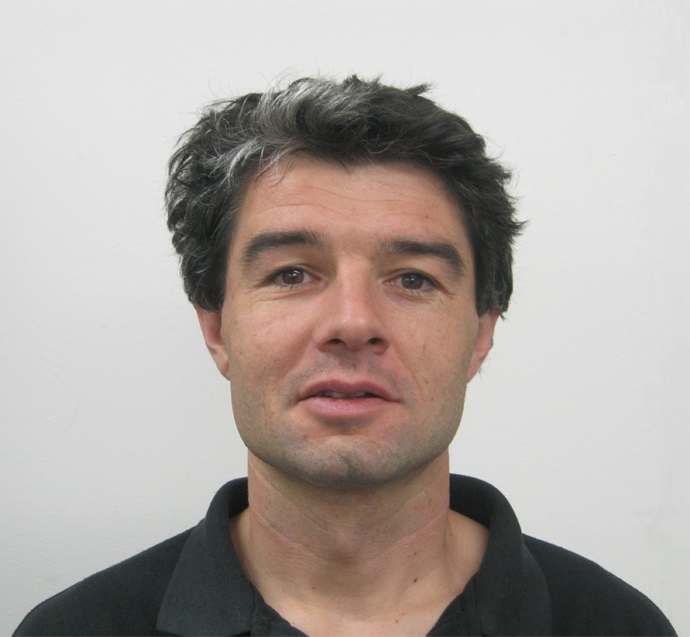MIG Webinar - Matthieu Vignes (Full video available)

MIG COVID-19 mini-series Part IV
Recorded via Zoom on Friday 29th May, 2020
Click here to view the video

Dr Matthieu Vignes
School of Fundamental Sciences, Massey University, New Zealand
Agent-based models, an opportunity for the analysis of complex biological systems – an application to the study of the COVID-19 epidemics
Abstract
In this talk, I will present my (recent) journey into agent-based modelling (ABM). The inspiration for this work started at a conference on Mathematical issues in Marseille last February. One of the talks presented stochastic differential equations that drive the behaviour of foraging ants. Since then, I started trying to reproduce ant behavioural features via ABMs. Other inspiring talks in epidemiology and a small consulting contract with the Northland Health District Board challenged me to try different approaches to evaluate the effect of physical distancing and other lockdown policy measures on the evolution of an epidemics. I built an elaborate ABM compartment model I will present. I will talk about my success along the way, but also my (many) failures, and the lessons I learned. In the near future, I plan to incorporate data with an MCMC sampler, by relating observations (e.g. active detected cases), which are proxies for the true states of the system (e.g. truly infected individuals).
Bio
Matthieu was born and raised near Paris, France. After his undergraduate studies in Mathematics and Physics in Paris and Lyon, he moved to Grenoble for his PhD on the analysis of high-throughput biological data set taking into account network information. For three years, he has been working as a statistician for BioSS in Scotland before joining the Math and Computer Science department of the INRA in Toulouse (France) to work on genetical genomics data. Since 2014, he is working at Massey University (NZ), where he tries to breathe the statistical genetics/genomics life into students’ minds. His research is motivated by the understanding of the structures which govern the behaviour of complex (biological) systems. To this end, he studies probabilistic graphical modelling as a convenient representation of the system under scrutiny. He is often faced with high-dimensional data posing both statistical and computational challenges. Mostly, the data is generated by biological organisms via a multi-layer networks of interactions, whose details remain mainly unknown. Missingness in the data sets at hand can also be a hindrance. Data sets are heterogeneous (e.g. mixing discrete and continuous data), sampling is certainly not independent and identically distributed and off-equilibrium and measurements noisy. Recently, his research interests met the causal interpretation of inferred relationships, hopefully revealing realistic mechanisms which explain the inner functioning of the system.